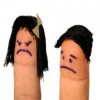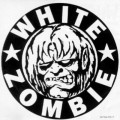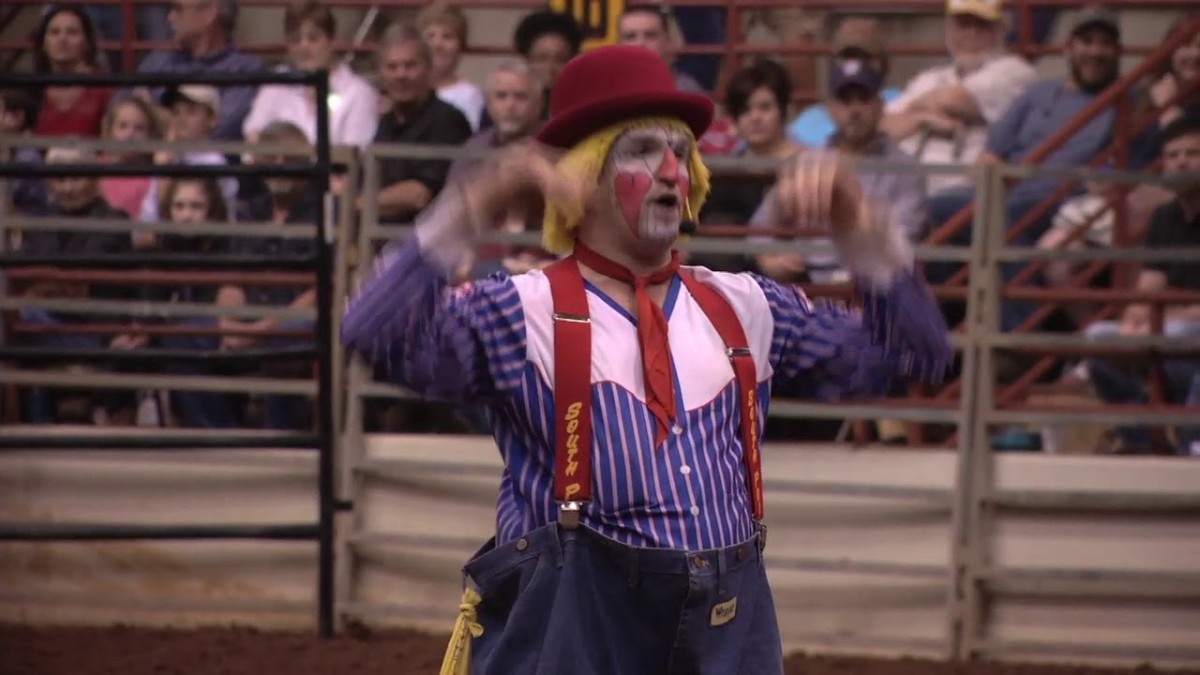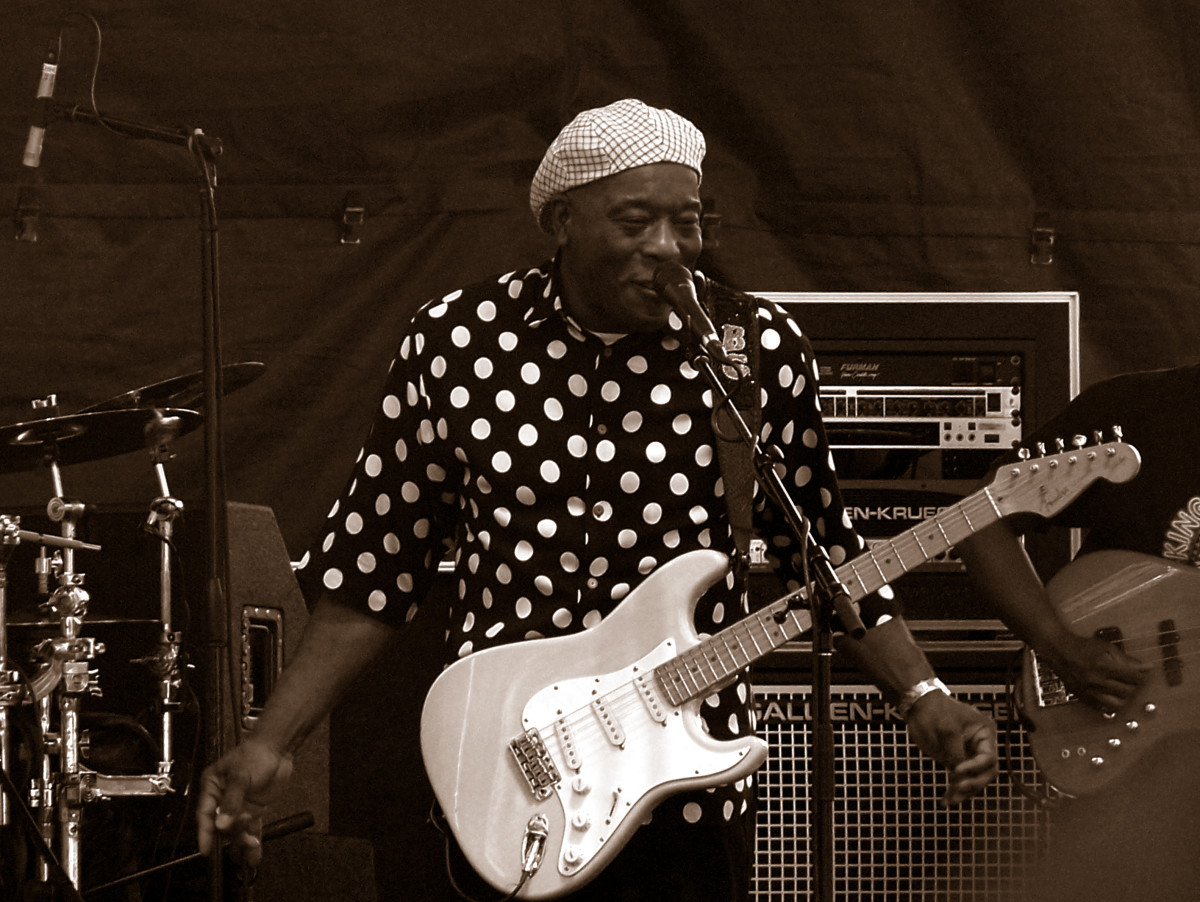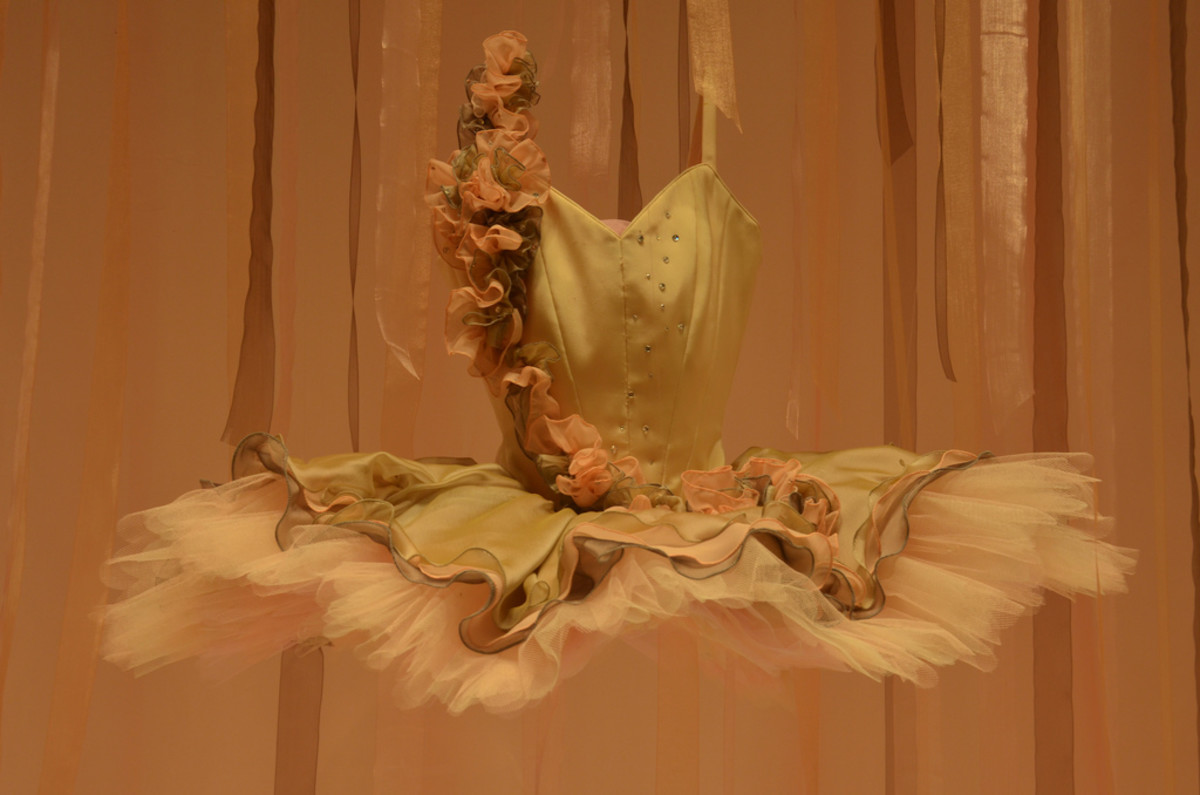Clowns and Clowning
The clown is a comic buffoon in a circus, pantomime or other type of show. The type is of great antiquity, appearing in the Greek Dorian Mime and the Roman Atellan Farce under such names as Bucco, Maccus or Dosennus. A thousand years later characters with similar characteristics appeared in the commedia dell' arte in the form of Arlecchino, Brighella, Pulcinella or other zanni. In England the private fool or jester, kept at Court and in the houses of nobles, developed into the stage clown of the Elizabethan theatre, absorbing in the process some of the characteristics of the Vice in medieval, morality plays. Clowns of this type continued to appear in fairground theatres throughout the 17th and 18th centuries under such names as Pickle Herring, Jack Pudding and Merry Andrew.
The character was given a new lease of life by Joseph Grimaldi, who established the clown as the chief performer in the harlequinade which concluded pantomimes during the 19th century. Under Grimaldi's influence the costume of the clown became to a large extent regularised in colours of red and white with a ruff and capacious knee breeches. A fanciful make-up was based upon a white face with red triangles on the cheeks and exaggerated mouth and eyebrows.
The circus clown has adopted a somewhat different attire, with a spangled costume and calf-length pantaloons; his classic make-up is a completely white face, but many variations are played upon this and each clown jealously guards his design of make-up as his copyright. The circus clown is often partnered or replaced by the auguste, a character in grotesque floppy clothes, outsize trousers, red wig and red nose.
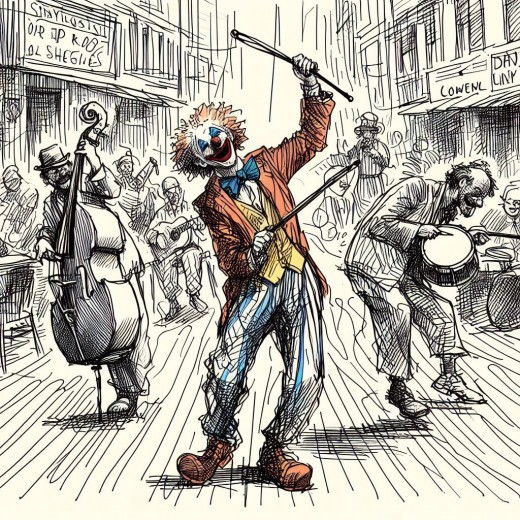
Types of Clowns
There are three basic types of clowns. The neat-faced traditional clown wears white makeup that is compounded with a zinc oxide base. The makeup used by the French mime Marcel Marceau is typical of that worn by traditional clowns. The "Auguste," or grotesque clown, may be distinguished by his usually ill-fitting, outlandish, and riotously colored costume. The Fratellini brothers of France and the German performer Lou Jacob, with their huge crater-like smiles, highly arched eyebrows, and bulbous noses, are examples of grotesque clowns. Character clowns include such types as cops, "rubes", and tramps. Two well-known character clowns are the film comic Charlie Chaplin and the circus performer Emmett Kelly. Kelly's characterization of a sad, wistful tramp is world-famous.
Development of the Art of Clowning
Clowns learn their art through a purely oral tradition passed down by older members of the profession.
They are a living embodiment of the spirit of the great 15th and 16th century Italian commedia dell' arte, an improvised form of comedy. The modern clown is a descendant of the zanni, or comic servants of the commedia, such as the sly and witty Harlequin and the awkward Pedrolino, whose costume of baggy trousers, loose fitting blouse, and wide brimmed or peaked hat is still worn by most clowns.
The English pantomime theater that rose to prominence in the 18th century used these and other commedia characters. Gradually the role of "Clown" emerged, first as a stock supporting figure and later as a leading character with words and music in his part. "Clown" became important largely through the English actor Joseph ("Joey") Grimaldi (1778-1837), who gave the character a central position and also devised a special whitefaced makeup, accented with red paint for the part. Both the role of "Clown" or "Joey" and the makeup Grimaldi developed were copied and introducea into the circus.
Circus Clowns
The early circus clowns were either skilled equestrian or acrobatic performers, or talking comics. Perhaps the most noted 19th century American circus clown was the witty entertainer Dan Rice, who performed in a one-ring circus. As the American circus departed from the traditional European one-ring show in the latter part of the 19th century, becoming a three-ring entertainment with several acts performed simultaneously, the talking clown could no longer be heard. Clowns then resorted to visual humor, including sight gags, pantomime, and slapstick. The familiar "walk-around," or moving parade of clowns doing gags and stunts, was inspired by the addition of the race course or Hippodrome track that surrounded the three rings in many American circuses.
The clowns of the classic one-ring circus in Europe still offer musical or "talking" gags, generally based on situations in which a clumsy clown tries to emulate a clever clown. The clumsy clown does nothing right, and his bumbling, knockabout antics are often hilarious.
This content is accurate and true to the best of the author’s knowledge and is not meant to substitute for formal and individualized advice from a qualified professional.
© 2010 Bits-n-Pieces
